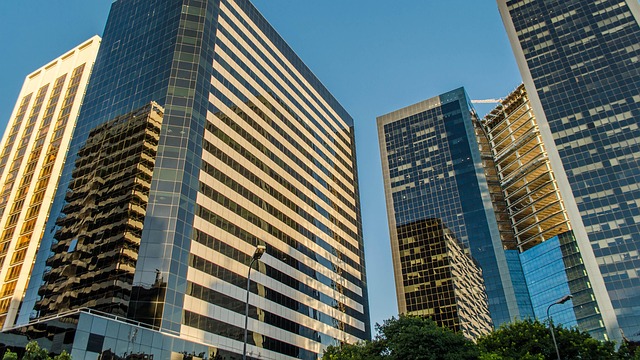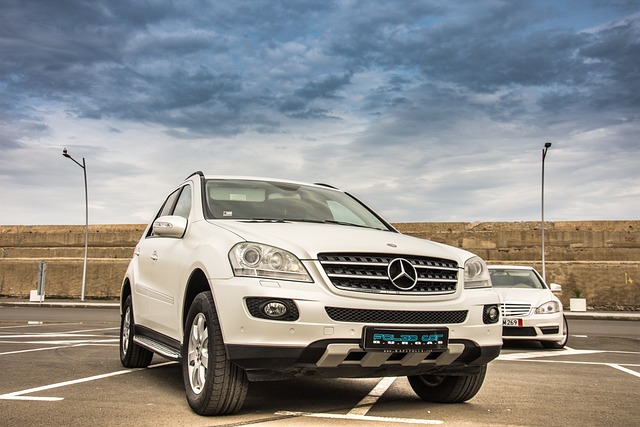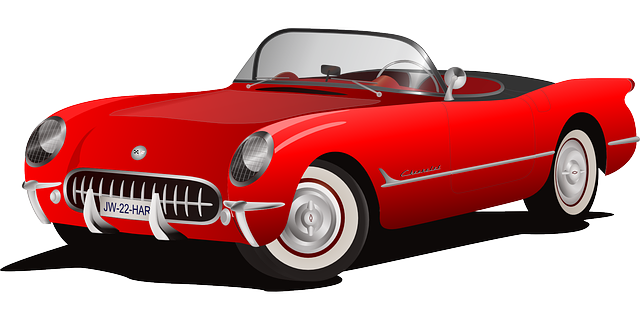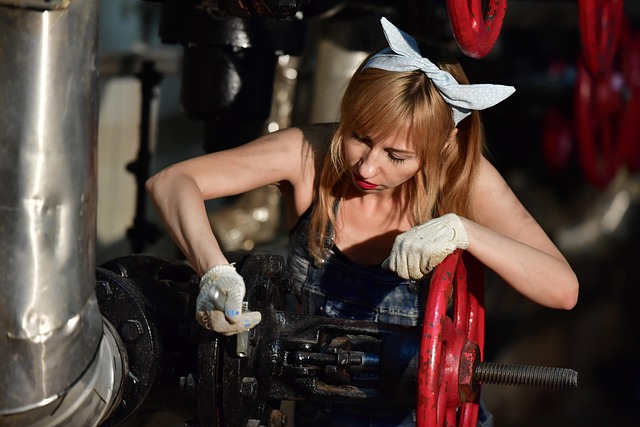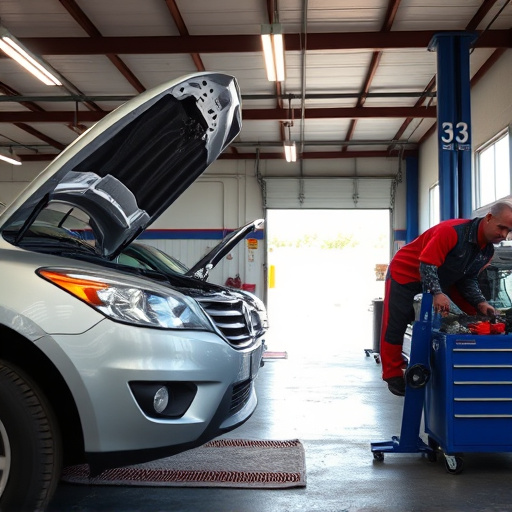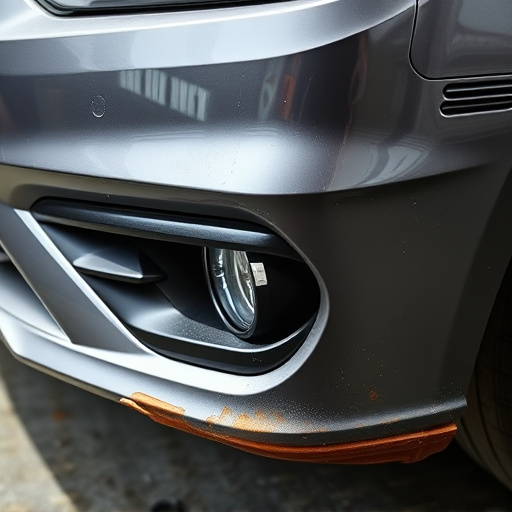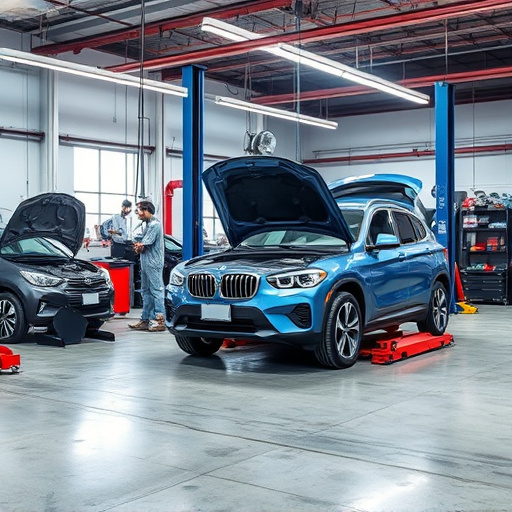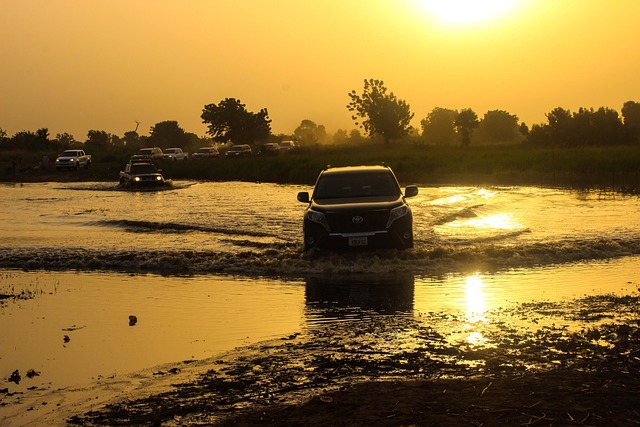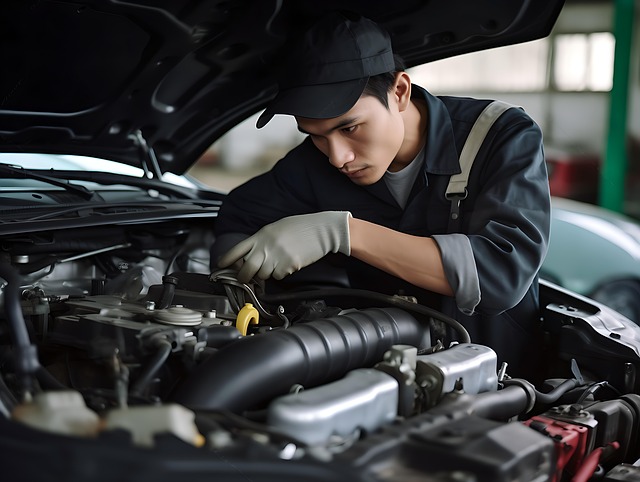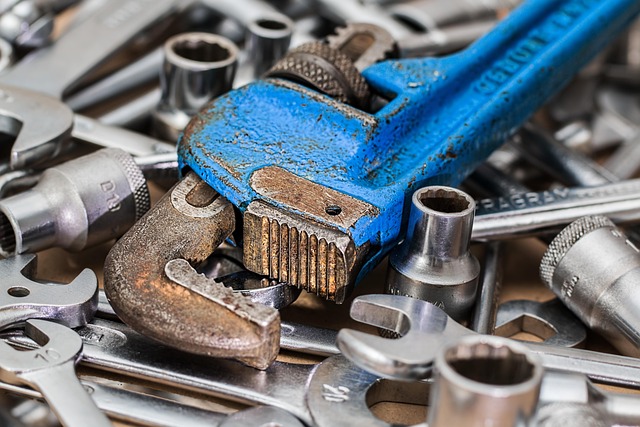Sun damage, often overlooked, causes significant aesthetic and structural issues on vehicles due to UV exposure, leading to fading, cracking, and distortion over time. Effective sun damage restoration, including buffing, is crucial for both cosmetic and structural repairs, ensuring long-term strength and durability. Buffing removes damaged outer layers, prepares surfaces for restorative treatments, recreates original texture, and applies protective coatings to shield against future sun damage, enhancing the longevity of restoration work.
Sun damage, caused by prolonged UV exposure, can significantly deteriorate surfaces, affecting both aesthetics and structural integrity. This article explores the critical role of buffing in comprehensive sun damage restoration services. We delve into understanding the impact of sun damage, deciphering the process of buffing, and highlighting its numerous benefits. By mastering this technique, professionals ensure effective restoration, revitalizing affected areas and mitigating future damage.
- Understanding Sun Damage and Its Impact
- The Process of Buffing in Sun Damage Restoration
- Benefits and Best Practices for Effective Restoration
Understanding Sun Damage and Its Impact
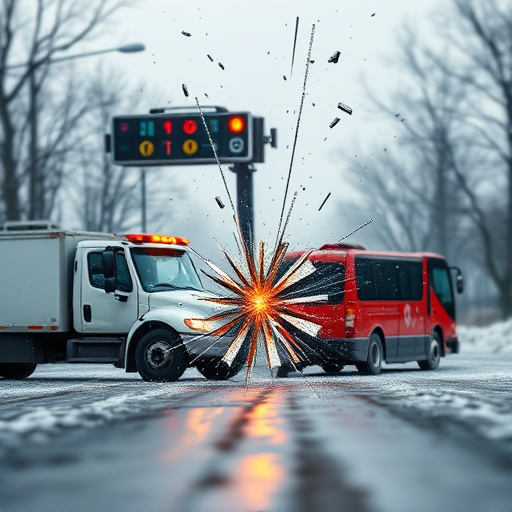
Sun damage, often overlooked, can have significant effects on various surfaces, including vehicles. Prolonged exposure to UV rays leads to a range of issues, from cosmetic blemishes like fading and cracking to structural problems such as warping or distortion. This is particularly evident in auto body repair, frame straightening, and bumper repair industries, where professionals frequently encounter the consequences of sun damage.
While some damage may be immediately visible, other effects can lurk beneath the surface, impacting the integrity of materials over time. Understanding these impacts is crucial for effective sun damage restoration services, ensuring that not only does the damaged area look good as new but also retains its structural strength and longevity.
The Process of Buffing in Sun Damage Restoration
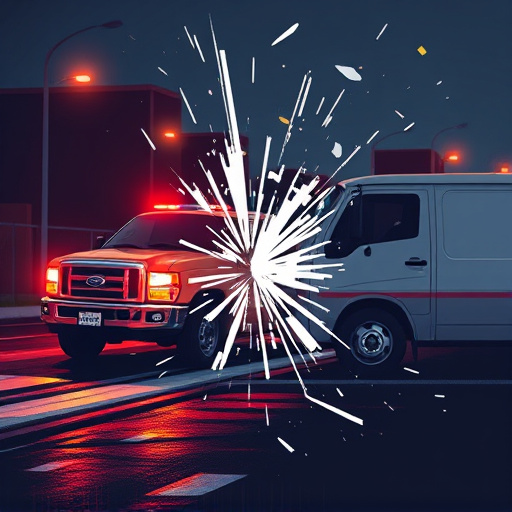
In sun damage restoration services, buffing plays a pivotal role in achieving flawless results. The process begins with meticulous evaluation of the affected area, identifying both visible and subtle signs of sun damage such as fading, discoloration, and texture irregularities. Once these areas are targeted, buffing removes the damaged outer layer of the surface without affecting the underlying material. This step is crucial for preparing the surface before applying restorative treatments, ensuring that new coatings adhere properly and last longer.
Buffing involves using specialized machinery with fine-grit polishing compounds to gently sand and polish the surface. This meticulous process not only smoothes out imperfections but also helps to re-create the original texture and appearance of the surface. After buffing, a protective coating is typically applied to shield against future sun damage, enhancing the longevity of the restoration work, especially in the context of vehicle bodywork or auto body painting services provided by collision repair shops.
Benefits and Best Practices for Effective Restoration
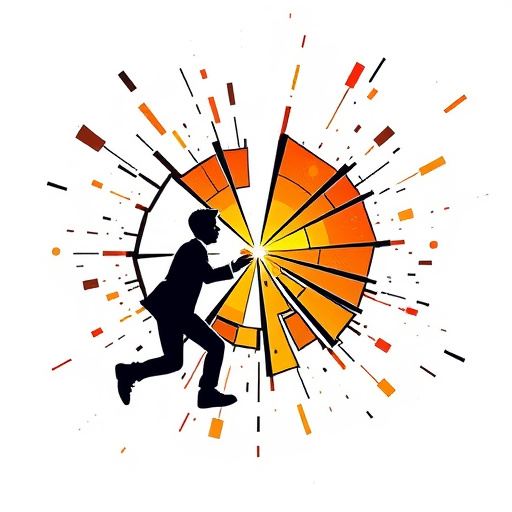
Buffing plays a pivotal role in sun damage restoration services, offering numerous benefits for both the affected surface and the overall aesthetic appeal. This meticulous process involves using specialized tools and compounds to restore the original shine and protectiveness of the car’s paintwork. By removing microscopic imperfections, buffing not only minimizes the appearance of sun damage but also enhances the clarity and depth of the finish. This is particularly crucial for cars parked outdoors, where they are constantly exposed to UV rays that can cause discoloration and dullness over time.
Effective buffing practices require a strategic approach. It starts with thorough cleaning to eliminate dirt, wax buildup, or other contaminants that could impede the buffing process. Next, the use of appropriate buffering compounds tailored to the degree of damage is essential. Professional auto body shops or collision repair centers employ advanced buffering systems that allow for precise control over speed, pressure, and compound application. This ensures optimal results without causing further damage or leaving scratches on the surface. Regular maintenance and reapplication of protective coatings after buffing help preserve the restored finish, extending its lifespan against future sun damage.
Buffing plays a pivotal role in sun damage restoration, offering a transformative solution to affected surfaces. By understanding sun damage and employing the buffing process effectively, professionals can achieve remarkable results, enhancing aesthetics and protecting materials from further degradation. This article has explored the intricate steps and benefits, highlighting the importance of buffing as a key component in sun damage restoration services.
